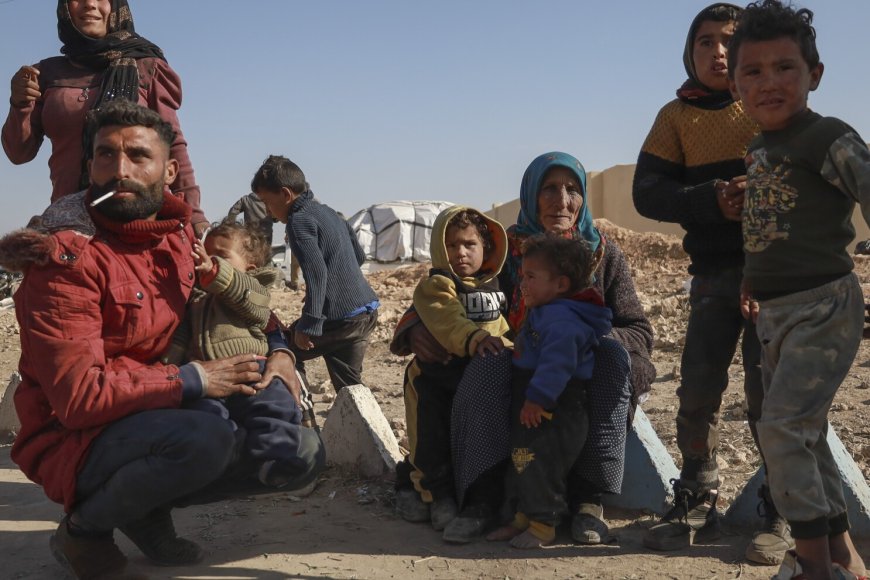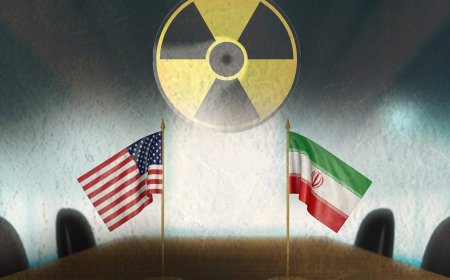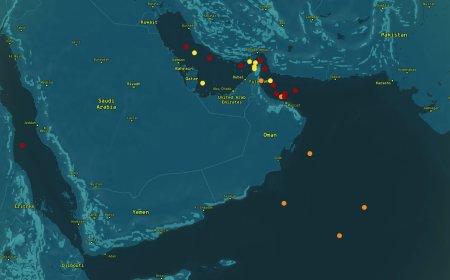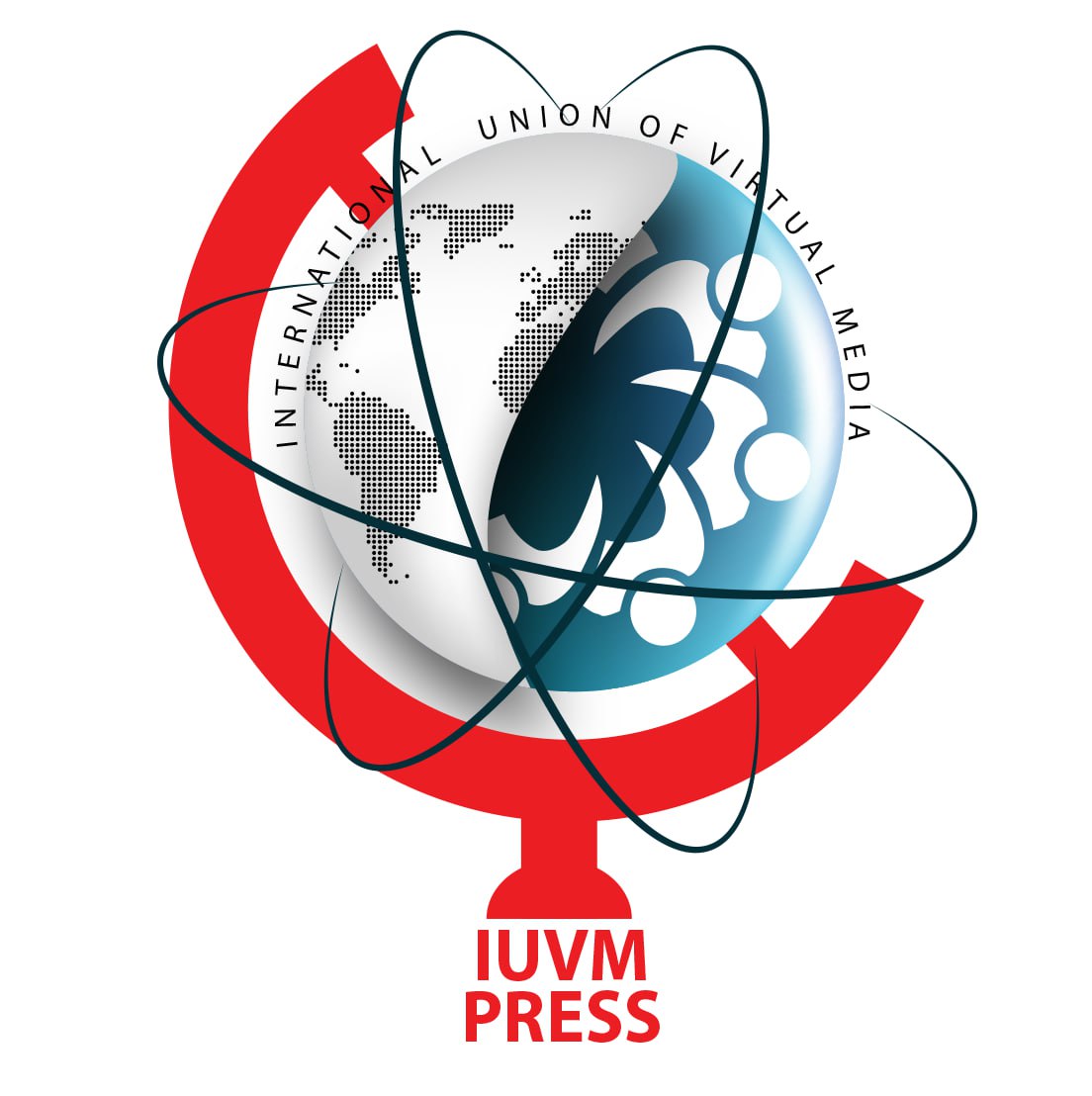No Bread; No Fuel; No Future: The Economic Catastrophe After Assad
The fall of the Assad regime has ushered in an era of profound economic turmoil for Syria; compounding the already crippling challenges that emerged during the protracted civil war. The Assad regime; hamstrung by international sanctions and the expropriation of its oil resources by Western powers; struggled to rectify the nation’s economic woes. Nonetheless; under Assad's rule; there was a semblance of progress in reconstructing Syria’s ravaged infrastructure—a glimmer of hope that has since been extinguished by the chaos of the current order.

By: H.Zaïm-Bashi
The fall of the Assad regime has ushered in an era of profound economic turmoil for Syria; compounding the already crippling challenges that emerged during the protracted civil war. The Assad regime; hamstrung by international sanctions and the expropriation of its oil resources by Western powers; struggled to rectify the nation’s economic woes. Nonetheless; under Assad's rule; there was a semblance of progress in reconstructing Syria’s ravaged infrastructure—a glimmer of hope that has since been extinguished by the chaos of the current order.
With the ascension of the Hay'at Tahrir al-Sham (HTS) to power; foreign actors have rushed to assert their influence; each seeking to secure economic stakes in the country’s fractured landscape. The persistence of international sanctions; combined with an unrelenting energy crisis and the fragmented regime of HTS; has crippled efforts at economic reconstruction. As the new authorities grapple with governance; Syria’s economy remains paralyzed; caught between external exploitation and domestic mismanagement.
In the immediate aftermath of Assad’s fall; Damascus descended into chaos. The looting of the Central Bank epitomized the collapse of order; and strikes alongside protests by businessmen erupted across major commercial hubs. While the Syrian pound has appreciated on the black market—climbing from a staggering 22;000 to 12;000 pounds per US dollar—this superficial recovery belies entrenched structural weaknesses. Syrians; long accustomed to currency instability; have widely adopted the Turkish lira; and any attempt to reinstate the Syrian pound risks igniting further unrest. The economic decrees of the new regime; particularly Al-Jolani’s imposition of tariffs and customs taxes; have further strained Syria’s commercial arteries. Northern Idlib’s business hubs; like Al-Dana and Sarmada; have become flashpoints of discontent; with traders and entrepreneurs resisting these onerous policies.
The economic malaise extends far beyond currency instability. The country’s infrastructure; particularly its transportation and energy sectors; has been decimated; leading to soaring production costs and supply chain disruptions. Fuel shortages have crippled industry; and even basic services such as bakeries struggle to operate. Oil and natural gas reserves; once a pillar of Syria’s economy; remain under foreign control; rendering energy production grossly insufficient to meet domestic needs.
In a desperate bid to salvage Syria’s economic freefall; Al-Jolani has turned to Saudi Arabia; seeking investment to mitigate the crisis. Riyadh; eager to stabilize the region for its own strategic interests—chief among them the NEOM mega-project—has expressed willingness to finance reconstruction. Yet; such assistance does not come without political contingencies. Saudi Arabia’s intervention signals not just economic support but a bid to exert dominance over post-Assad Syria.
During Assad’s tenure; economic partnerships with Iran; Russia; China; and select Southeast Asian nations ensured a minimum level of economic viability; even amid international isolation. Ironically; those who fueled the rise of takfiri terrorists in Damascus now find themselves unable to provide for the Syrian populace. The very forces that destabilized the country now preside over an economy in ruins; unable even to ensure access to bread and essential goods.
If political stability can be reestablished; Syria’s economy may; over time; claw its way back from the abyss. However; the road to recovery is long and fraught with obstacles. The depletion of economic resources; the decimation of infrastructure; and the mass exodus of skilled laborers have left the country bereft of the foundations necessary for growth. Without a stable and competent government capable of consolidating authority and steering Syria out of this crisis; economic recovery will remain an elusive dream.
One can only hope that amidst the ruins; there remains a resilience that one day foster a renaissance from the ashes.













































